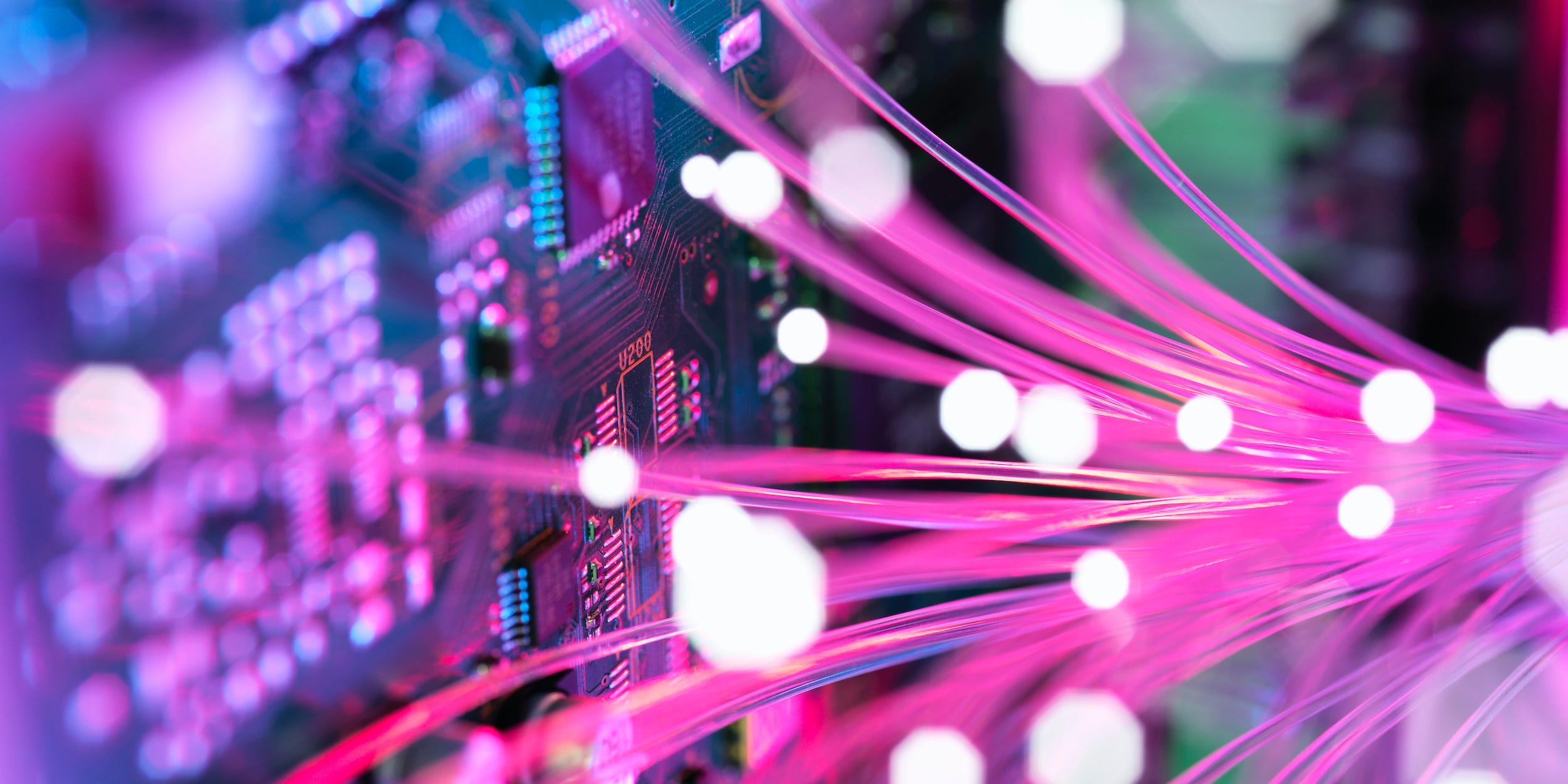
Andrew Brookes/Getty Images
- Fiber-optic services are becoming more popular, and networks are expanding to cover more areas for faster data transfer speeds.
- Fiber-optic data transfer differs from traditional methods like satellite or copper coaxial cables.
- When considering switching to a fiber-optic network, it's important to understand how it works, so that you can determine if it will work for you.
- Visit Insider's Tech Reference library for more stories.
Fiber-optic networks are coming to more areas every year, and as more utility companies (think internet service providers and cable TV companies) add the feature as an option, more people are wondering how it's so different than traditional electrical cables.
If fiber optics is available in your area, or if you've just moved to an area where it's available for the first time, you may be wondering if it's worth the extra cost up-front to choose it for yourself – one way to help yourself answer that question is to understand what it is and how it works.